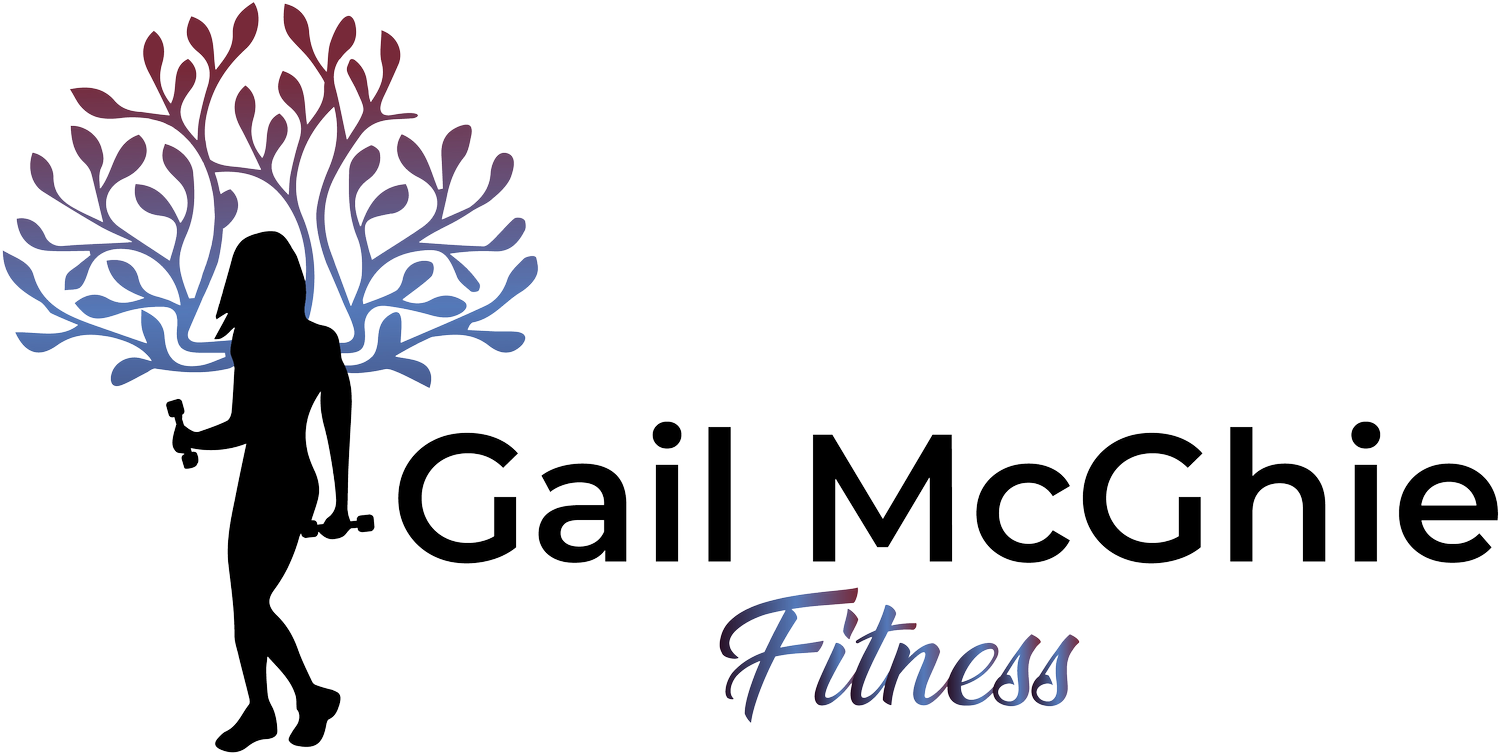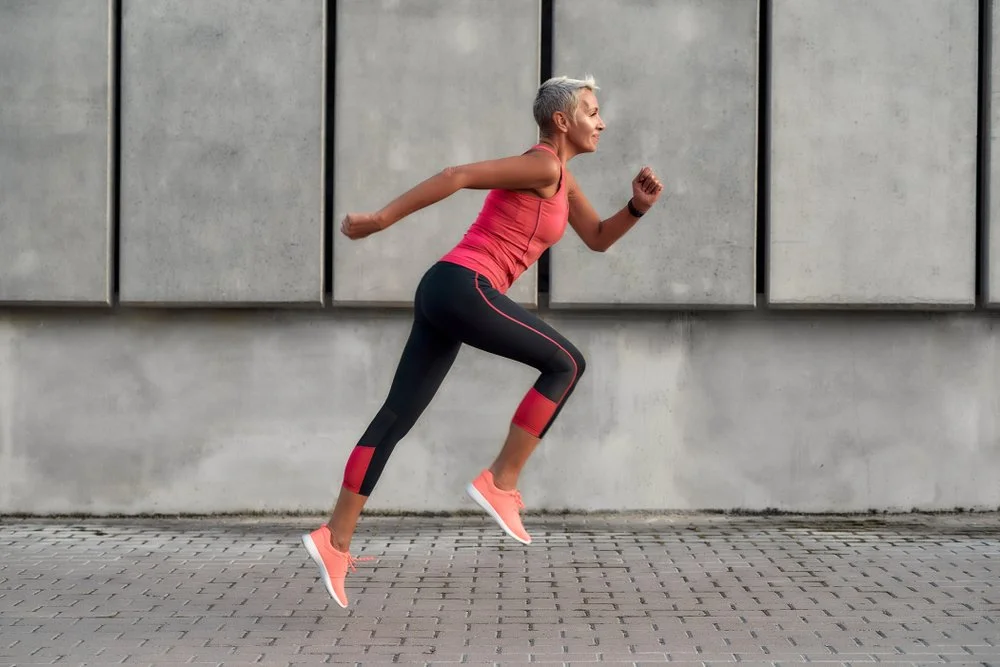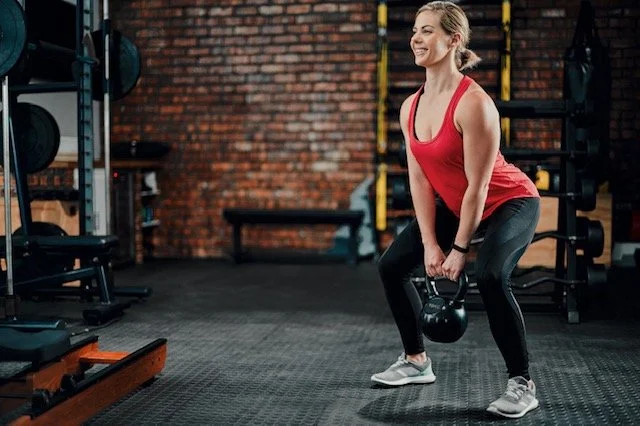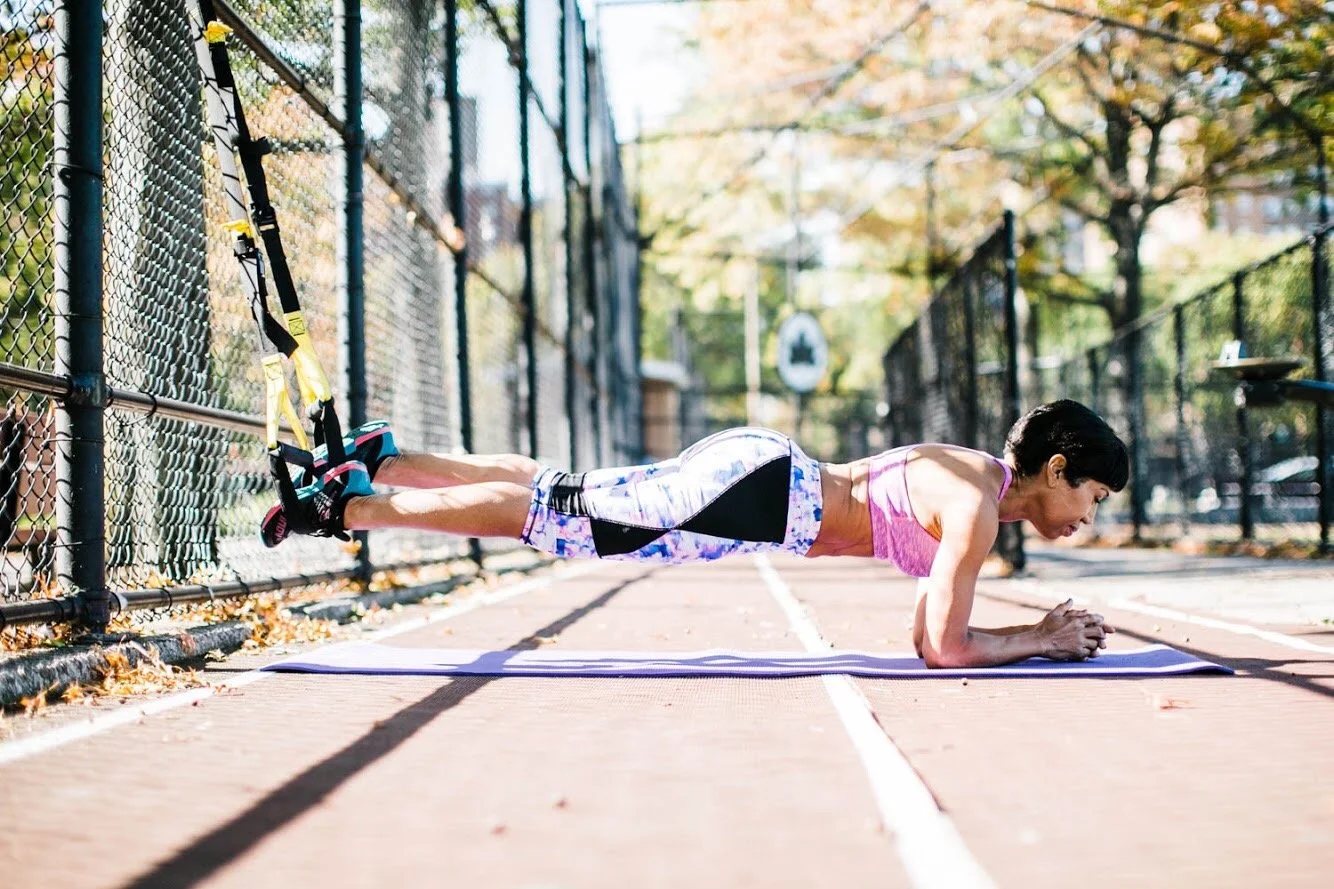Embrace Strength Training
Navigating the fitness and wellness landscape from perimenopause, menopause, and postmenopause is comparable to deciphering an intricate puzzle. Life after 40 can feel like a rollercoaster, with our bodies and minds throwing unexpected loops and turns our way. Many experience weight gain, declining bone mass, muscle loss, brain fog, and a slower metabolism. Here's the twist: we can take control and steer our lives in the desired direction. Strength training is a true game changer for women over 40. Let's explore why lifting weights can be your new bestie during this transformative phase.
At 68, I have danced through the transformative stages of womanhood-from the reproductive years to postmenopause. Each chapter brought beauty and its unique set of challenges. In perimenopause, I experienced brain fog, mood swings, night sweats, and a metabolism that seemed to hit the brakes; it felt like my body was not my own. I was determined to reclaim my vitality, so I increased my cardio, added Pilates and Yoga, and started nourishing my body with good, clean food. I always loved resistance training and started lifting heavier and more consistently. I found my rhythm as I lifted, pressed, and pulled heavy things. The changes to my body were profound. I combatted the mood swings and stress with some dumbbell therapy. I embraced the iron.
Weight Training-Muscle Matters
As estrogen levels wane during perimenopause, women often experience a decline in muscle mass, leading to a slower metabolism and increased fat accumulation. Incorporating strength training helps rebuild and maintain muscle, revving up your engine and promoting a healthier body composition. Let’s dive into the reasons to make resistance training a top priority:
Muscle Up, Metabolism on Fire
As we age, we naturally lose muscle mass, which can slow down our metabolism. Strength training rebuilds those muscles, turning your body into a calorie–burning powerhouse even while at rest.
Bone Density Boost
Osteopenia and osteoporosis are sneaky villains for women over 40. Weight-bearing exercises help counteract this and support skeletal strength, reducing the risks of fractures and keeping you standing tall.
Joint stability
Weight training also fortifies the ligaments and tendons supporting your joints, creating a supportive framework that reduces pain and decreases the risk of injuries.
Heart Health
Resistance training can help manage blood pressure and improve overall heart function, preparing the heart for life's adventures.
Insulin Sensitivity. Step away from Ultra-Processed Foods
Strength training improves insulin sensitivity, helping to regulate blood sugar levels and reducing the risk of type 2 diabetes. Insulin sensitivity plays a crucial role in weight management. When the body's cells respond effectively to insulin, glucose is utilized for energy, preventing excess storage as fat. Fat storage is particularly high in the abdominal region—the menopot!
Mood Elevation
Exercise releases feel-good endorphins, and strength training is no exception. Sessions can become a therapeutic escape, combating mood swings and increasing an overall sense of well-being.
Posture Improvement
Strengthening your back, shoulders, and core can help you stand taller and prouder, reduce back pain, and enhance your confidence.
Balance-Remain Independent like a Boss
By enhancing muscle strength and coordination, resistance training improves balance, reducing the risk of falls and helping you maintain independence as you age.
Cardio Complements
While strength training offers many benefits, it's essential not to sideline cardiovascular exercises. Activities like running, brisk walking, cycling, or swimming enhance heart health, boost endurance and mood, and contribute to overall well-being. Integrating cardio and strength workouts creates a balanced regimen that addresses multiple facets of health during menopause and beyond.
Yoga: The Mind-Body Harmonizer
Yoga offers a harmonious approach, enhancing flexibility, balance, and mental well-being. It’s a sanctuary for stress relief and mindfulness, promoting overall health. However, while mountain pose and tree pose build muscle endurance, yoga may not provide the progressive overload necessary for significant muscle mass increase or bone density improvement.
Pilates: The Core Strengthener
Pilates focuses on core strength, posture, and flexibility. It enhances joint mobility and can reduce the risk of osteoporosis by improving bone health. Regular practice can improve muscle tone and balance, aiding fall prevention—a crucial part of pro-aging.
Crafting Your Routine
Embarking on a fitness journey doesn’t require drastic measures. Begin with manageable weights and gradually increase intensity as you build strength. Incorporating strength training alongside cardio exercises offers a holistic approach to managing the physical and emotional changes that accompany perimenopause through postmenopause. By embracing this balanced strategy, you empower yourself to navigate these transitions with strength, resilience, and vitality.
The Mayo Clinic advises incorporating strength training exercises for all major muscle groups at least twice weekly. The recommended weight or resistance level should be heavy enough to tire your muscles after about ten to fifteen reps.
The major muscle groups are:
· Shoulders: Deltoids
· Arms: Biceps and triceps
· Chest: Pectoral muscles
· Abdomen: Abdominal muscles
· Back: Latissimus dorsi, rhomboids, and trapezius
· Hips: Gluteal muscles
· Legs: Quadriceps, hamstrings, and calves
The Mayo Clinic recommends at least 150 minutes of moderate aerobic activity per week, 75 minutes of vigorous aerobic activity per week, or a combination of both. It's advisable to spread this exercise throughout the week. Even short bursts of activity can offer health benefits.
Your Go-To Srength Training Moves:
1. Squats – Legs, glutes, and confidence.
2. Push-Ups/Chest Press – Strong arms, lifted chest, total power.
3. Deadlifts – Hello, power and posture.
4. Overhead Press – Shoulders that carry it all.
5. Lunges – Strength, balance, legs, and glutes.
6. Bent-Over Rows – Back it up (literally).
7. Planks – Core power, no crunches needed.
8. Glute Bridges – Booty, core, and lower back love.
9. Calf Raises – Legs that lift and support you.
Do 2–3 sets of 10–12 reps each (hold planks for 30–60 seconds).
Guidelines for Selecting Dumbbell Weights:
Choose weights that allow you to complete the desired number of repetitions with proper form while still feeling challenged. Gradually increase the weight as your strength improves.
· Lightweights- 3-8lbs. It is ideal for beginners or targeting smaller muscle groups like the shoulders or arms.
· Medium weights-8-15lbs. Suitable for those with some experience who aim to build muscle in moderate-sized muscle groups such as the chest and back.
· Heavy weights-15+lbs. Best for advanced exercisers engaging in compound movements that engage large muscle groups like legs and glutes.
Exploring Diverse Strength Training Modalities
Strength training is diverse, offering many tools to keep your workouts exciting and effective. Bodyweight exercise, for instance, builds strength and mobility without equipment- think push-ups, squats, and lunges that can be performed anywhere, anytime. Resistance tubing and loop bands provide varying tension levels to challenge your body in new ways. Suspension trainers like TRX leverage your body weight against gravity, enhancing strength, balance, and core stability. And let's not forget about kettlebells, medicine balls, and weight sleds, which introduce dynamic functional movements that mimic real-life activities. The beauty of this isn't just physical; it keeps your mind engaged and your motivation high. So mix things up, find the modalities that make you feel alive, and remember that nature offers the most stimulating gym. Take your resistance bands to the park, perform squats on the beach, or anchor your TRX to a sturdy fence or tree. As my 101-year-old mother reminded me, "If you have the ability to move, cherish it. It can go away. Every move is a gift."
A Healthy Lifestyle
Embarking on a strength program during menopause is a commendable step toward enhanced health and vitality. However, practicing a holistic lifestyle that supports your body's evolving needs is crucial to fully reap the benefits of your workouts.
Prioritize Restful Sleep
During deep sleep, your body repairs muscle tissues and balances hormones essential for growth and stress management. Aim for 7-9 hours of sleep to allow your body to rejuvenate.
Manage Stress and Cultivate Connections
Engage in relaxation techniques such as meditation or deep breathing exercises to alleviate stress. Surround yourself with those who bring joy and understanding. Don't hesitate to set boundaries with energy-draining individuals- think of it as curating your VIP lounge, exclusive to those who truly have your back.
Nourish your Body
Protein is a star player, essential for muscle repair and growth. But even the best performers need a supporting cast. Fiber, antioxidants, omega-3s, calcium, vitamin D, and magnesium each play a crucial role. Water keeps everything running smoothly. It takes a well-rounded diet to keep you performing at your best.
Your Turn: Embrace the Strength Within
If my journey resonates with you, I encourage you to explore weight training. Start light, focus on form, and gradually start challenging yourself. Keeping a journal to track your exercise, nutrition, and self-care routines can be a game-changer. It holds you accountable and allows you to identify what's working and what needs improvement. Seek guidance from fitness professionals to ensure safety and effectiveness. Remember, it's not only about lifting heavy weights; it's about lifting yourself to better health, confidence, and a renewed zest for life.
Let’s redefine what it means to age. Let’s embrace our strength inside and out. Together, we can rise, lift, and thrive.
Resources:
I have created some full-body strength exercise videos. These videos are designed to be effective and suitable for beginner to intermediate exercisers. You can access them here:
If you are looking for comprehensive insights for navigating the menopausal journey, I recommend the following books:
The Menopause Brain by Lisa Mosconi, PhD
The New Menopause by Mary Claire Haver, MD
:
:





